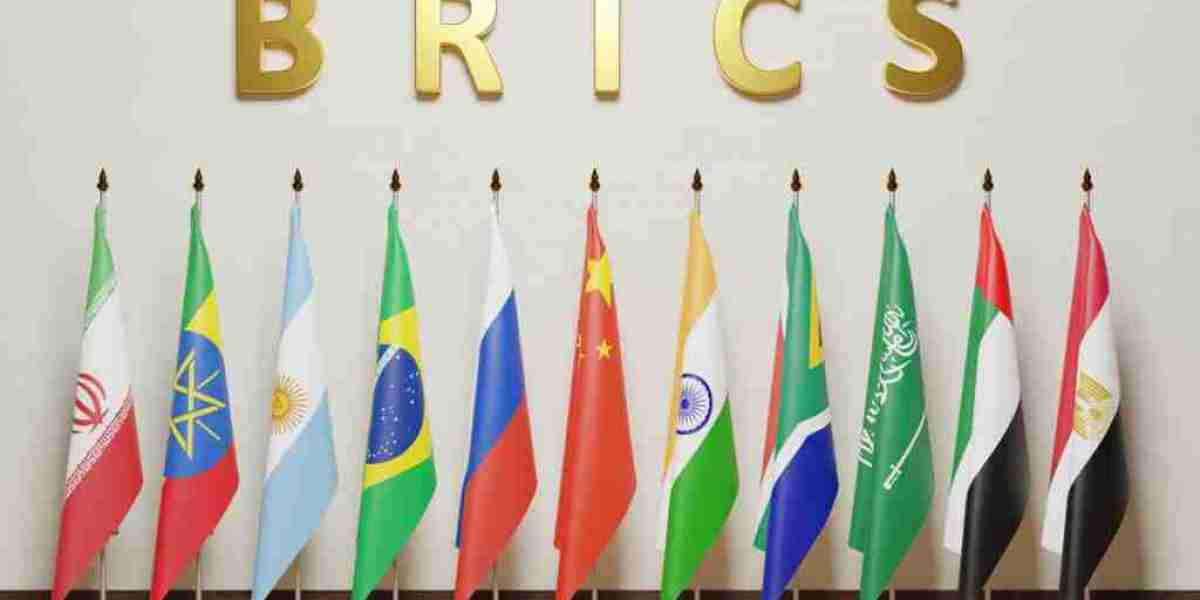This would be music to the ears of the BRICS alliance, who look to eliminate the US dollar in favor of a BRICS currency or local currencies. For context, BRICS nations collectively represent over 40% of the world’s population and around a quarter of the global GDP. The growth of the alliance is outpacing that of the US economy, which has been up and down due to growing inflation. This has led to shifts in global trade patterns and investment flows, impacting global markets.
Additionally, Brazil and India have become significant trading partners for the US. Changes in trade policies or economic conditions in these countries can influence the trade balance with the US, thereby affecting its debt levels as well.
With the United States already struggling with its national debt, BRICS will look to continue its de-dollarization efforts in 2024. The bloc is looking to continue expansion, and further interest from current US dollar-reliant nations will only hamper the US’ struggles with its current debt.


